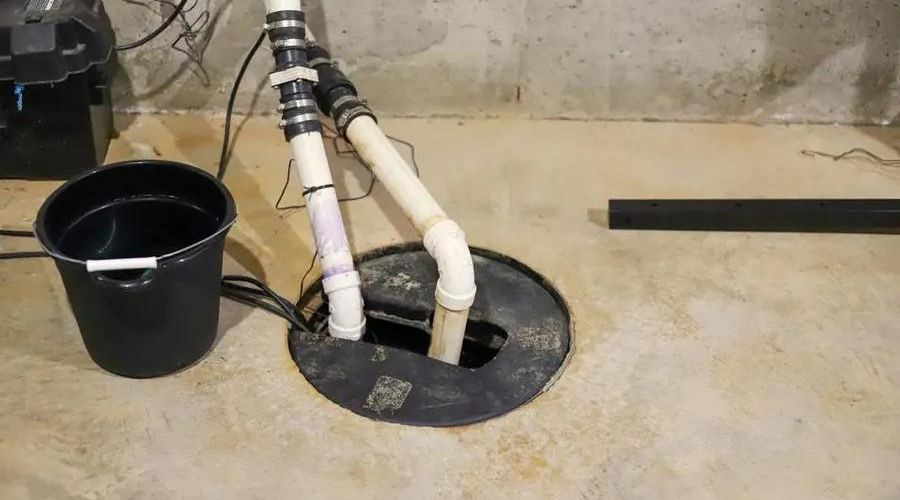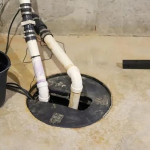What Are Sump Pumps?
Sump pumps prevent flooding and water damage by removing excess water that accumulates in the sump pump basin, which is often installed in basements or crawl spaces of homes. Sump pump systems are electrically powered and consist of a basin, pump, motor, float switch, and discharge pipe.
Sump pumps are particularly crucial in areas that are prone to flooding or where homes have below-grade living spaces. However, regular maintenance and testing are needed to ensure the proper functioning of the sump pump before a flooding event occurs. This post will share the advantages of sump pump installation, the different types, and how to ensure it works.
Benefits of Installing Sump Pumps
Sump pumps are extremely important for protecting homes from flooding, water damage, and other consequences of flooding in areas where flooding and heavy rainfall are common. By promptly removing excess water from basements or crawl spaces, they help prevent:
- Basement flooding
- Water damage to the home and belongings
- Structural damage to the home’s foundation
- Mold and mildew growth
- Electrical hazards from water exposure
Types of Sump Pumps
 There are two main kinds of sump pumps to choose from when installing or replacing a sump pump. They are:
There are two main kinds of sump pumps to choose from when installing or replacing a sump pump. They are:
- Pedestal Sump Pumps: A pedestal sump pump has a motor that sits above the sump pump basin, making them noisier when they run but easier to inspect and maintain. They are the more affordable of the two options and have a longer lifespan, but are less powerful.
- Submersible Sump Pumps: A submersible sump pump has a motor and pump sealed together that can be submerged in water. They are the more powerful type of sump pump and operate more quietly, but they have a shorter lifespan and are slightly more expensive.
However, these primary sump pumps are powered by electricity, so in homes where sump pumps are critical, homeowners should also consider installing a sump pump backup, such as a battery backup. Having a backup for the sump pump provides extra protection against flooding and water damage in case of power outages during severe weather events or primary sump pump failures.
Checking the Sump Pump for Proper Operation
 Homeowners should have their sump pumps routinely inspected and maintained to ensure proper operation and continued protection of the house. While professional sump pump maintenance should be left to plumbers, homeowners should also regularly test their sump pumps to make sure they work correctly.
Homeowners should have their sump pumps routinely inspected and maintained to ensure proper operation and continued protection of the house. While professional sump pump maintenance should be left to plumbers, homeowners should also regularly test their sump pumps to make sure they work correctly.
To test whether a sump pump is working right, slowly fill the sump pump basin with enough water to allow the sump pump to turn on and operate automatically. It should turn on, remove water, and then turn off on its own. If there are any issues during this test, a plumber should be called for sump pump repair to fix the problem before flooding occurs.
About PlumbCrazy
PlumbCrazy has more than 30 years of experience serving the Abingdon area. They offer a customer-first approach, personalized solutions, and timely, efficient service. Call them for sump pump installation and repair services in Abingdon, MD.





